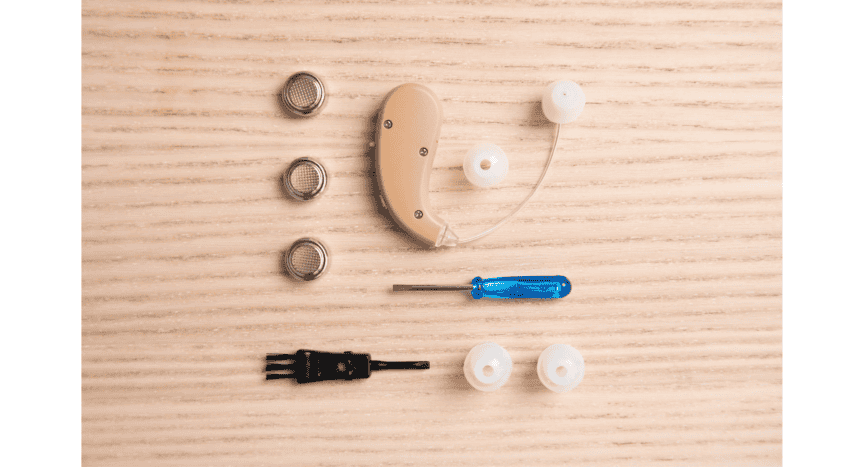Your hearing aids are vital tools for navigating the world around you, helping you stay connected to the ones you love! However, like any technology, they may encounter issues from time to time. Knowing how to troubleshoot and repair your hearing aids at home can save you time and money, ensuring that you continue to enjoy clear and crisp sound.
Before diving into repairs, it’s essential to understand the common problems that may arise with your hearing aids. These can include issues such as sound distortion, feedback, weak volume, or complete loss of sound. Understanding the root cause of these problems will help you effectively troubleshoot and address them.
Basic Troubleshooting Steps
When faced with a problem with your hearing aids, it’s important to start with basic troubleshooting steps. Begin by checking the batteries and ensuring they are properly inserted. Sometimes, simply replacing the batteries can resolve many issues. Next, inspect the tubing or receiver for any blockages or debris that may be affecting sound quality. Finally, clean the hearing aids thoroughly using a soft, dry cloth to remove any wax or dirt buildup.
If your hearing aids are experiencing sound issues such as distortion or feedback, there are several DIY repairs you can try at home. One common solution is to perform a soft reset by removing the batteries and leaving the hearing aids to sit for a few minutes before reinserting them. Additionally, adjusting the volume settings or checking for any loose connections can often resolve sound problems.
Dealing with Physical Damage
Physical damage to your hearing aids, such as broken tubing or cracked casings, may require more advanced DIY repairs. If the tubing is damaged, it can usually be replaced using a tubing replacement kit, which can be purchased from your provider or online. Cracked casings may be repaired using specialized adhesives designed for hearing aids. However, if the damage is extensive or beyond your comfort level to repair, it’s best to seek professional assistance.
To prevent future issues with your hearing aids, it’s essential to practice regular maintenance. This includes cleaning your hearing aids daily to remove wax and debris, replacing batteries as needed, and storing them in a dry, cool place when not in use. Additionally, schedule regular check-ups with your provider for a hearing health exam to ensure that your hearing aids are functioning optimally.
When to Seek Professional Help
While many issues with hearing aids can be resolved at home, there are times when professional assistance is necessary. If you have tried troubleshooting and DIY repairs without success, or if your hearing aids are still under warranty, it’s best to contact your provider for assistance. They have the expertise and equipment needed to diagnose and repair more complex issues.
Repairing your hearing aids at home can be a simple and cost-effective way to address common issues and ensure continued performance. By following the tips outlined in this guide and practicing regular maintenance, you can keep your hearing aids in top condition for years to come!

